Why traditional couriers can’t keep up with modern construction needs
Ryan Miller
July 29, 2025

It’s no secret that the construction industry is booming. Residential and commercial projects are getting larger, infrastructure is growing to support rising populations, and sustainable construction materials are becoming more mainstream. The industry is experiencing a squeeze in cities on the forefront of sustainable development, like Denver, Aurora, and Lakewood.
To meet the demand, every element of the construction process needs to run as efficiently as possible. Material delivery is one of the biggest challenges, and here’s how traditional couriers often fall short.
Why construction supply delivery is complicated
With any construction project, there are a lot of moving parts. Literally. Construction companies collaborate and order from suppliers, manufacturers, retail companies, subcontractors, and more to have everything they need for project completion. Here’s why that gets tricky.
- Complex interdependencies and fragmentation: Each supplier has their own priority and process for delivery. Coordinating with dozens of entities to align with your timeline requires meticulous planning, as even a simple miscommunication can derail the process.
- The materials list is vast, and often with special requirements: From lumber and concrete to specialized lighting components, every type of product is making its way to the site. Some materials, like concrete and roofing materials, have special transport and handling needs, making planning more complex.
- Timing and scheduling: Timelines are tight on any project. Some materials need to be delivered sooner than others to avoid disruptions or major delays. Any inaccuracies in a delivery schedule could mean setbacks, wasted labor, and sometimes even damage to the materials.
It sounds easy enough from the outside, but delays, shortages, and traditional couriers can derail entire projects. This leads to bloated costs and damaged reputations for the developers.
5 ways traditional couriers slow down construction projects
1. They provide no visibility
Traditional couriers pick up your requested materials and make their way to the site without notification. If there’s a mix-up with the order or a supply shortage, teams have no way of knowing until the dropoff is completed. Additionally, if something goes wrong on route, it’s a guessing game as to when the materials will be delivered.
Traditional couriers run on an outdated system. They are low-tech, meaning they’re ordered via phone or email, and there’s no visibility into the status of the delivery from that point. Project managers are left crossing their fingers that everything runs smoothly. And when it doesn’t, they’re scrambling to reorient things and make up for the wasted time and labor.
2. Supplier and contractor miscommunications cause completion issues
Delivery management means endless phone calls, emails, and coordination, often done hastily by coordination managers. Any single miscommunication about delivery times or stock availability could lead to inaccurate shipments, throwing a project off its timeline.
Traditional couriers have no way to combat these issues, as their processes have long been set in stone. This means developers must trust that no human error occurred among the dozens of organized deliveries, which is unrealistic at scale.
3. Poorly-timed deliveries cause projects to stall
If a traditional courier delivers supplies slightly off schedule, sites and project developers fail to allocate the right workers for unloading and storage of those materials. Traditional couriers could run ahead of schedule but more often than not, they run behind, meaning companies are wasting dozens to hundreds of labor hours they did not require that day, or could have been better used elsewhere.
Deliveries appearing out of nowhere can also mean pulling workers away from their current tasks to help facilitate the delivery. This means you could have workers ill-equipped to receive those deliveries, and risk product being mishandled.
4. Managing large order logistics feels impossible
As your projects expand into multiple developments or stories, coordination becomes even more granular. Traditional couriers often fall short, with small delays and no notice. This creates a ripple effect in your execution and pushes timelines back further and further. You could plan deliveries down to the half-hour block, but once you go with a traditional courier service, it’s out of your control.
5. High logistics costs bloat your budget
Aside from offering no visibility, no control, and no communication, traditional courier services are also costly. Smaller businesses feel the hit in particular when they don’t have the budget to run their own logistics, and larger developers experience bloated budgets over allocated labor and fees.
For the longest time, what you see is what you get with traditional couriers. They have systems that work one way, and they’ve dominated the market for so long because developers big and small had no other choice.
Until recently.
The answer? Flexible modern solutions from Curri
At Curri, we’re reshaping the construction delivery industry and effectively combating the issues caused by traditional couriers. We’re an end-to-end software solution that’s easy to use, gives stakeholders the visibility they need, and works on a schedule that pushes projects forward. Here are the main features we offer contractors of any size:
- Comprehensive logistics platforms: We support everything from materials planning to integrating with your BIM systems on one unified platform.
- Customized route planning: Middle-mile delivery, retail delivery, virtual fleets, you name it, Curri can help fill the routing gaps. We even offer convenient hotshot delivery, so work is never interrupted.
- Widespread delivery coverage: If you’re organizing a delivery outside of the city or state, Curri allows you to utilize a vast network of local drivers who pick up from suppliers across the United States.
To grow your construction business and meet market demand, you need to upgrade your tech. The best part? It doesn’t have to cause a headache or break the bank. Get a demo from the team today, and learn how Curri can grow your business for the future.
.avif)










-min.avif)

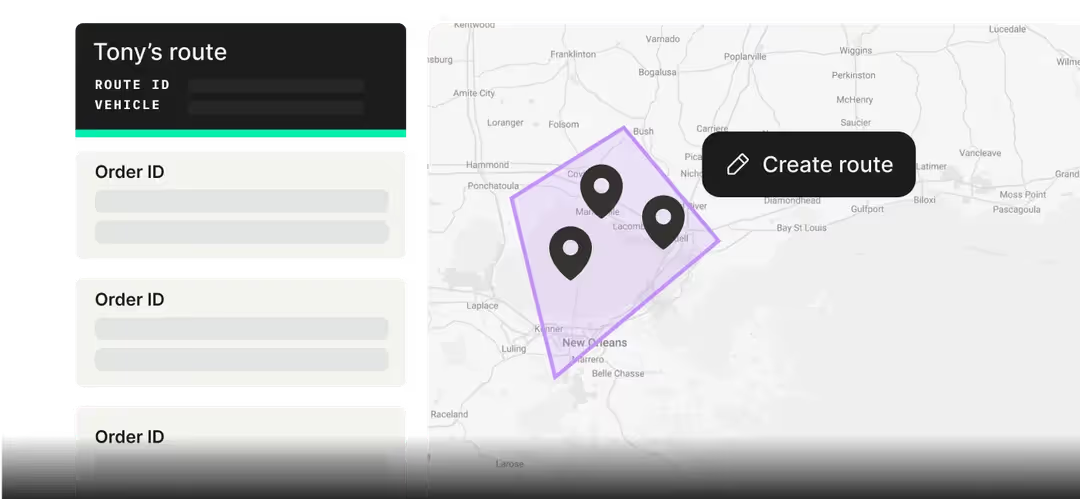
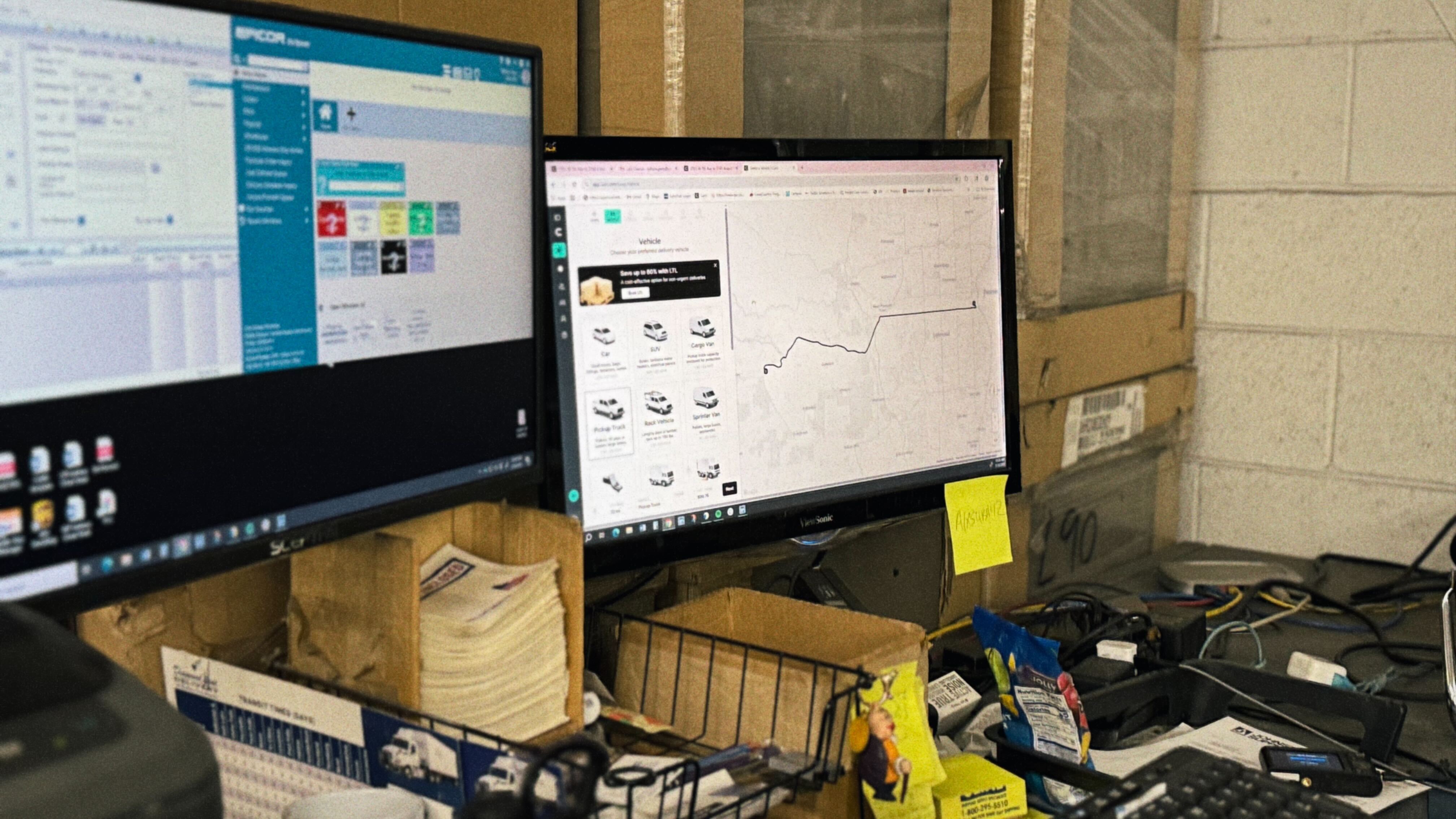
-min-min-min.avif)

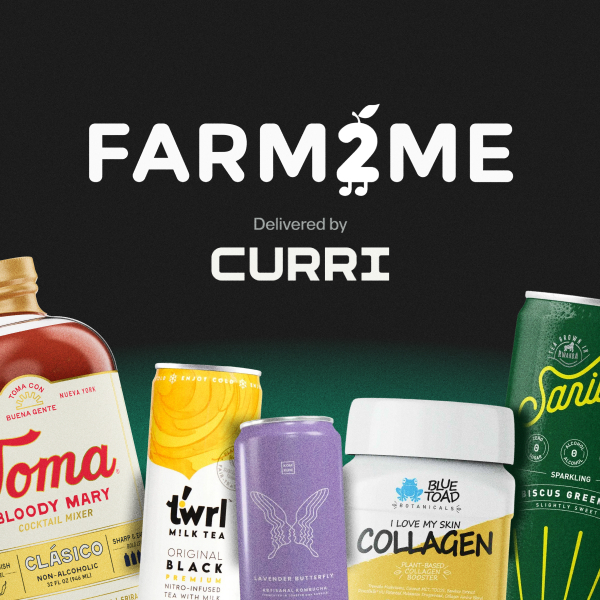
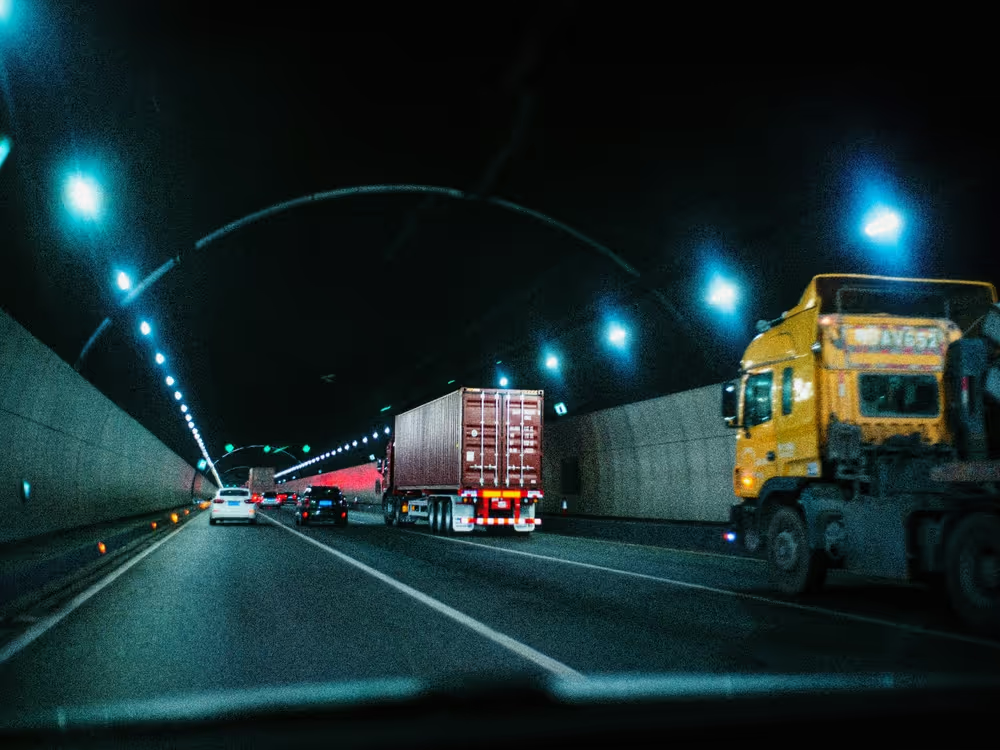
.jpeg)
-min.jpeg)
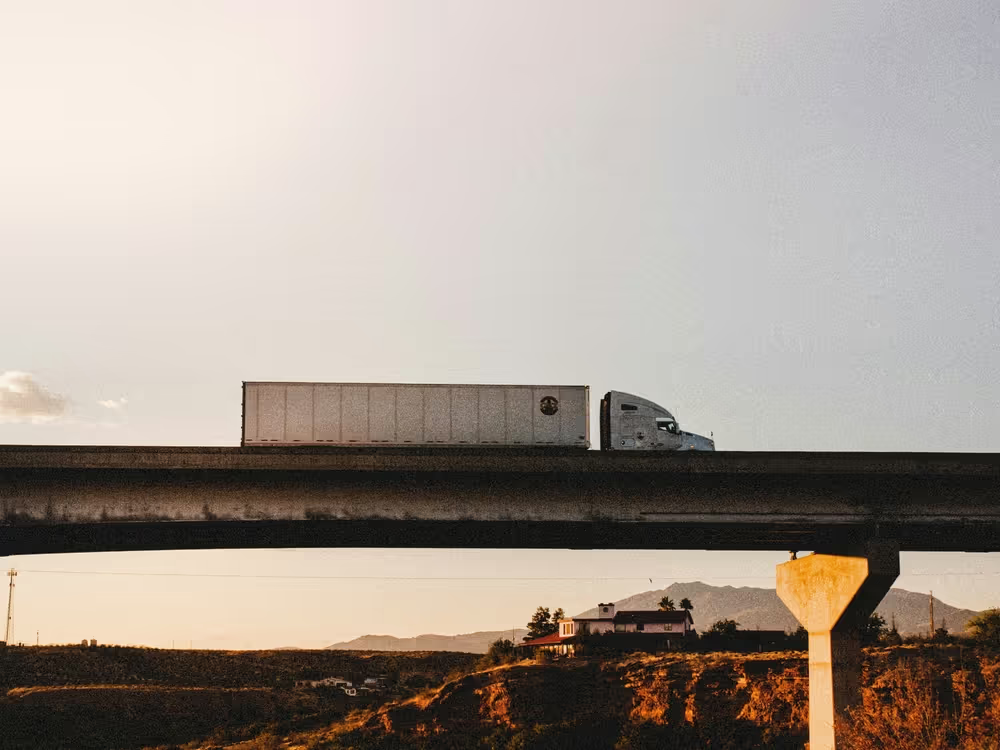
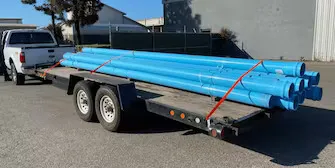


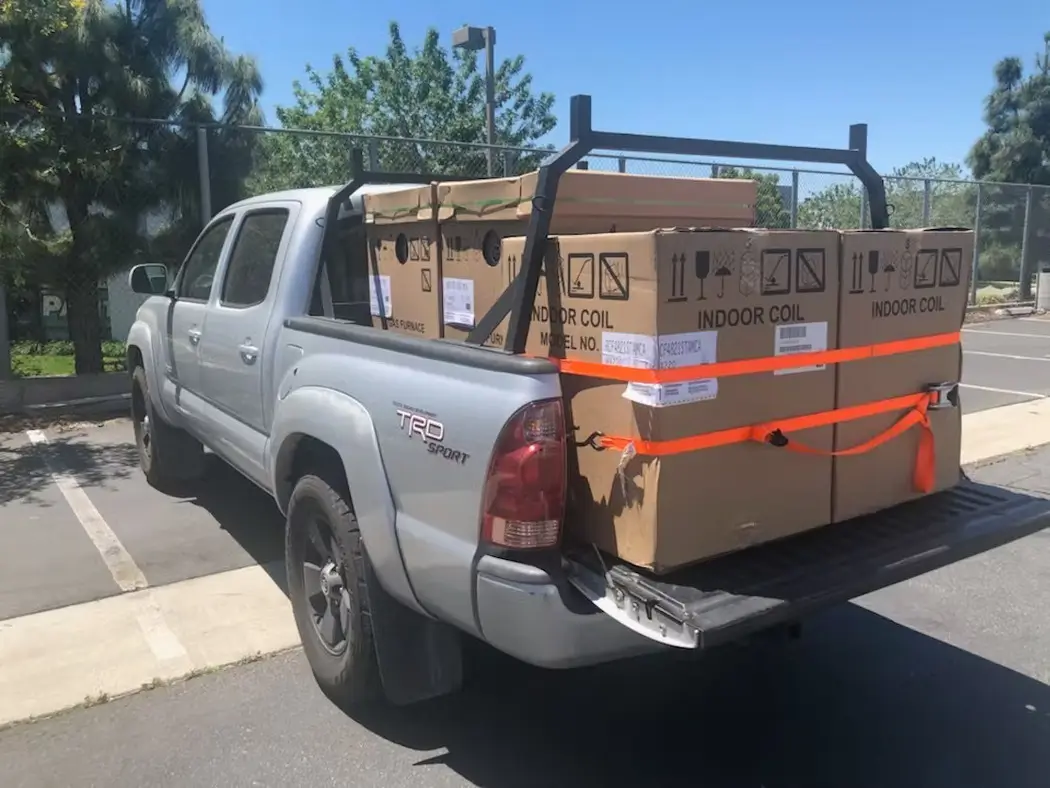
-min.webp)
.webp)
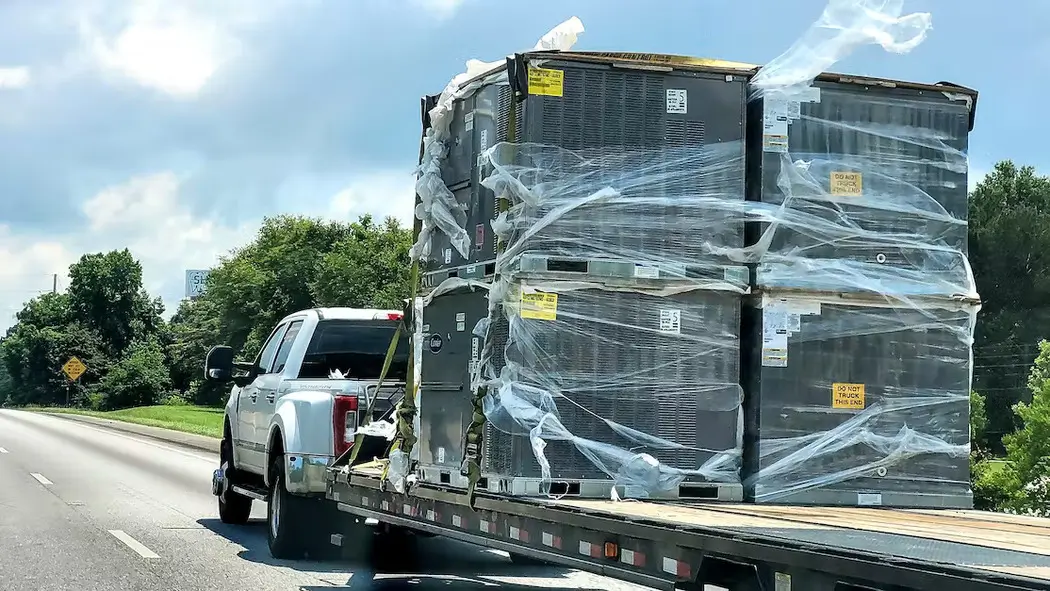


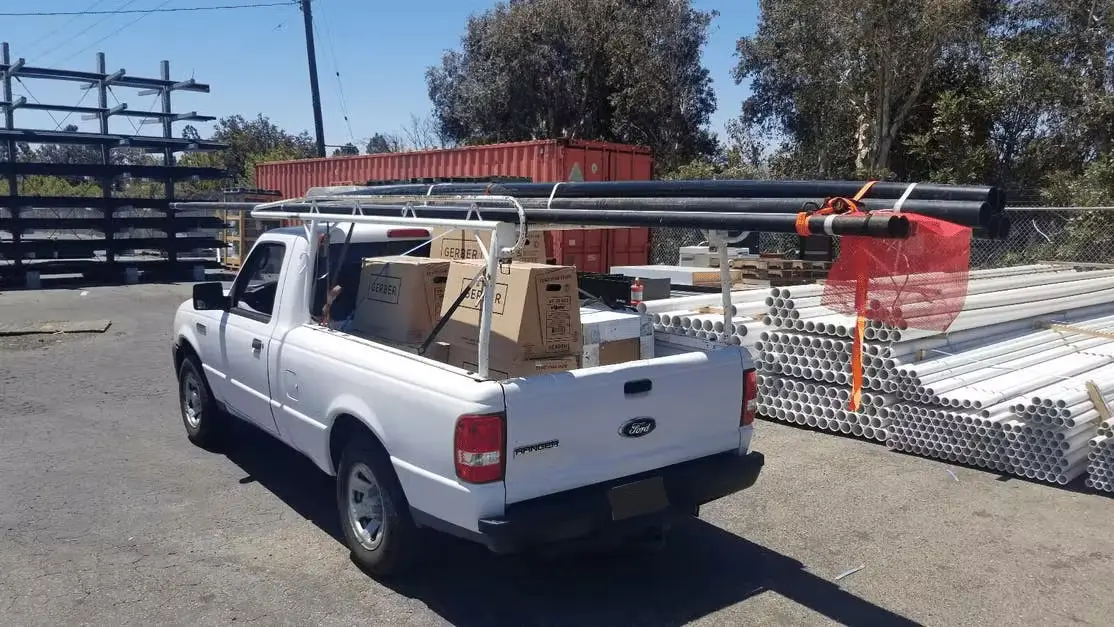

.webp)
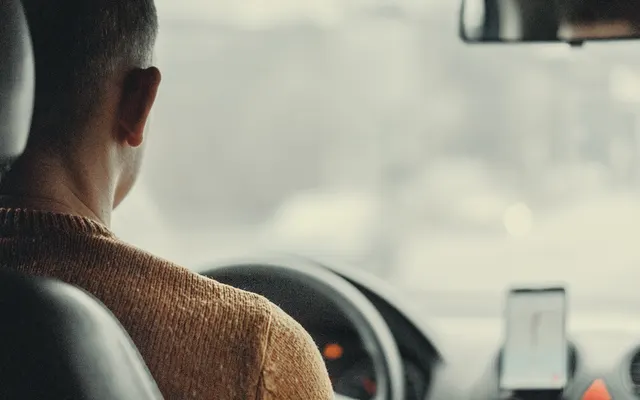


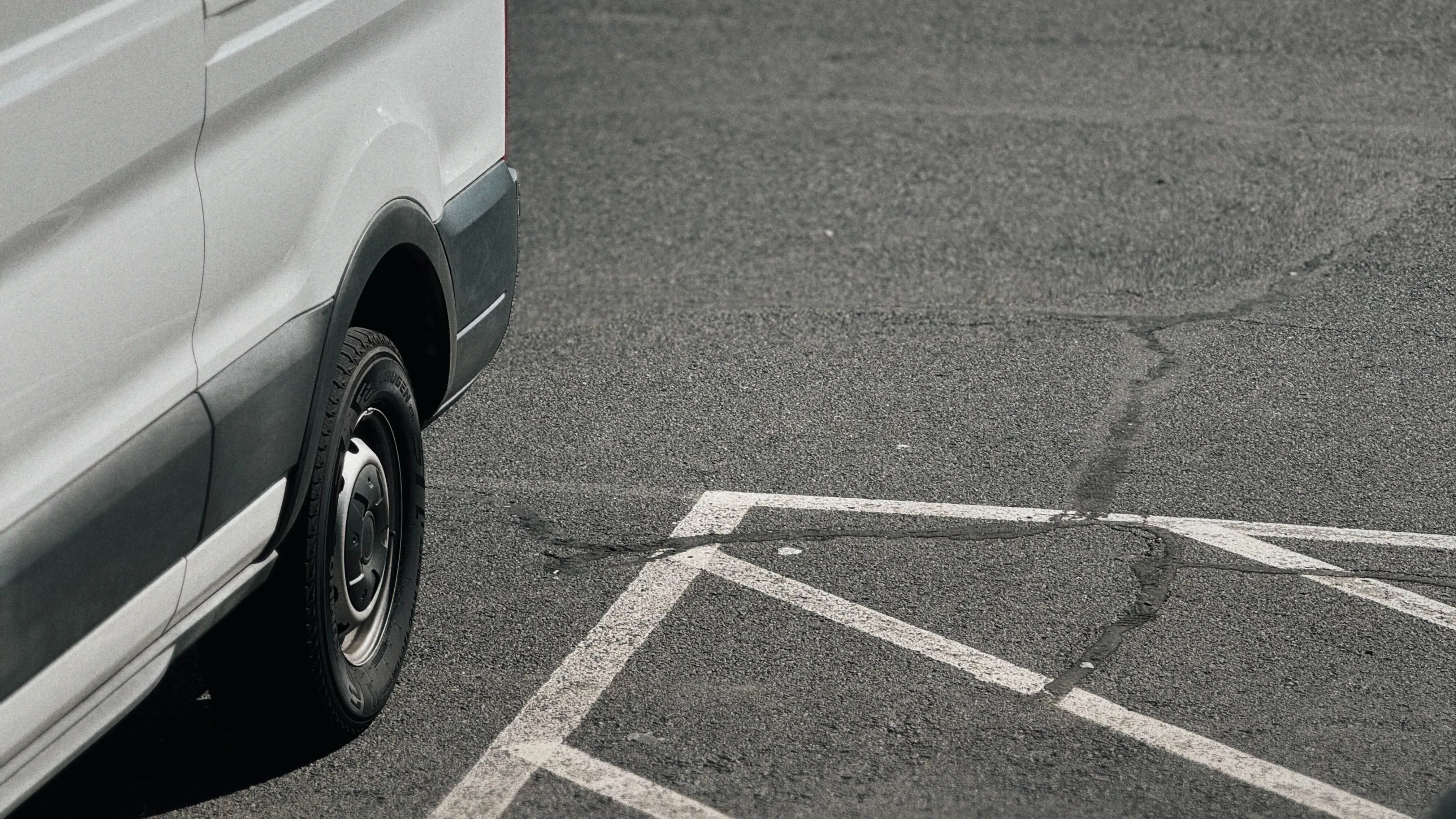
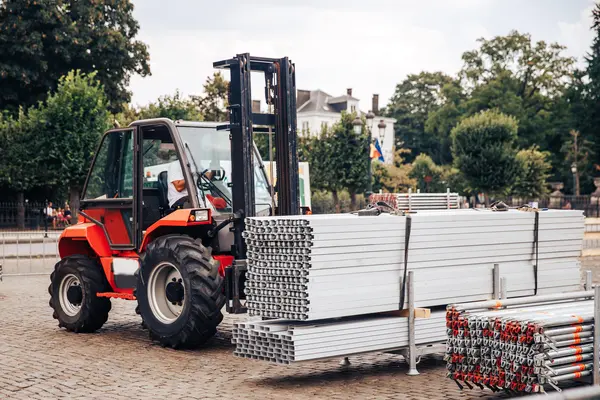
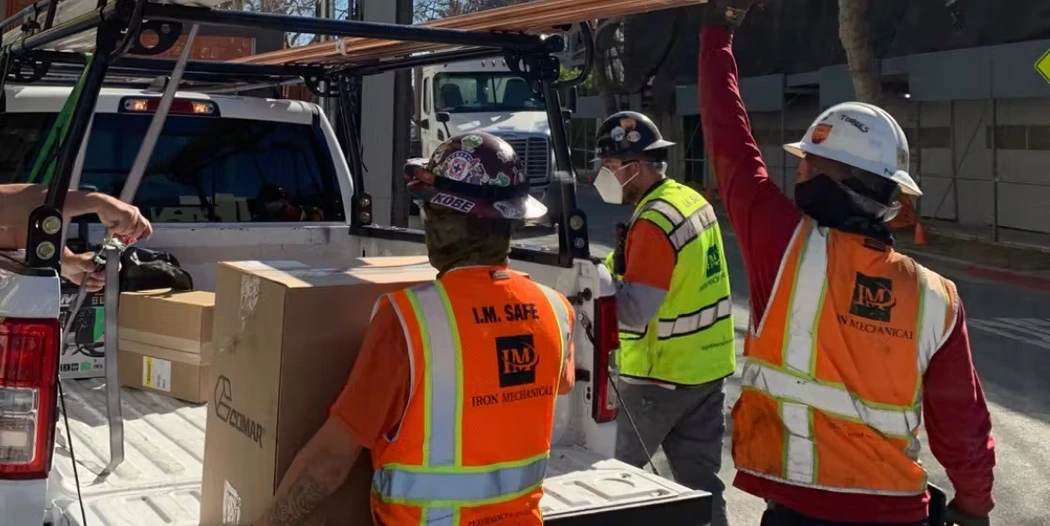
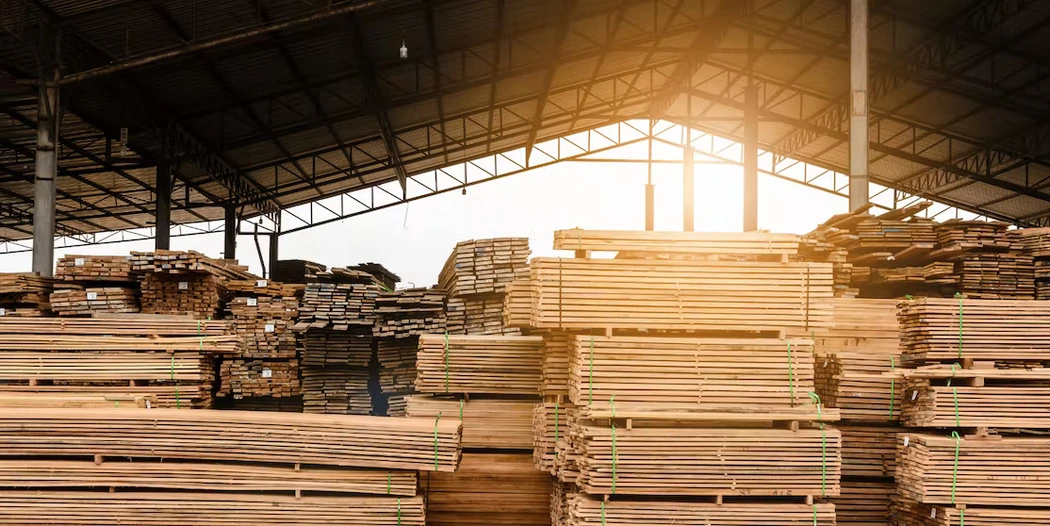




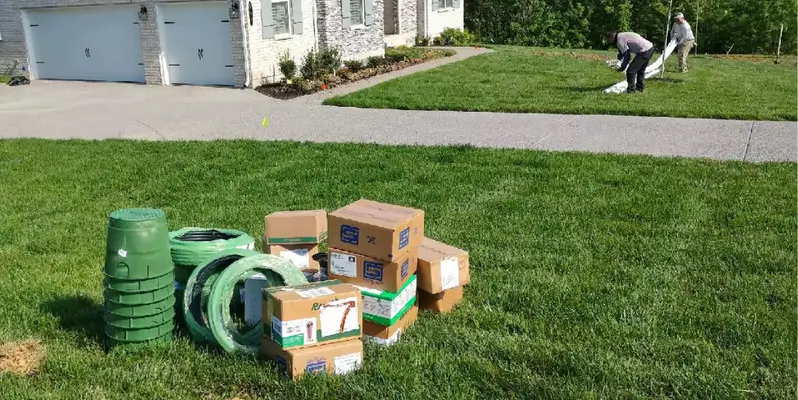
.webp)
-min.avif)


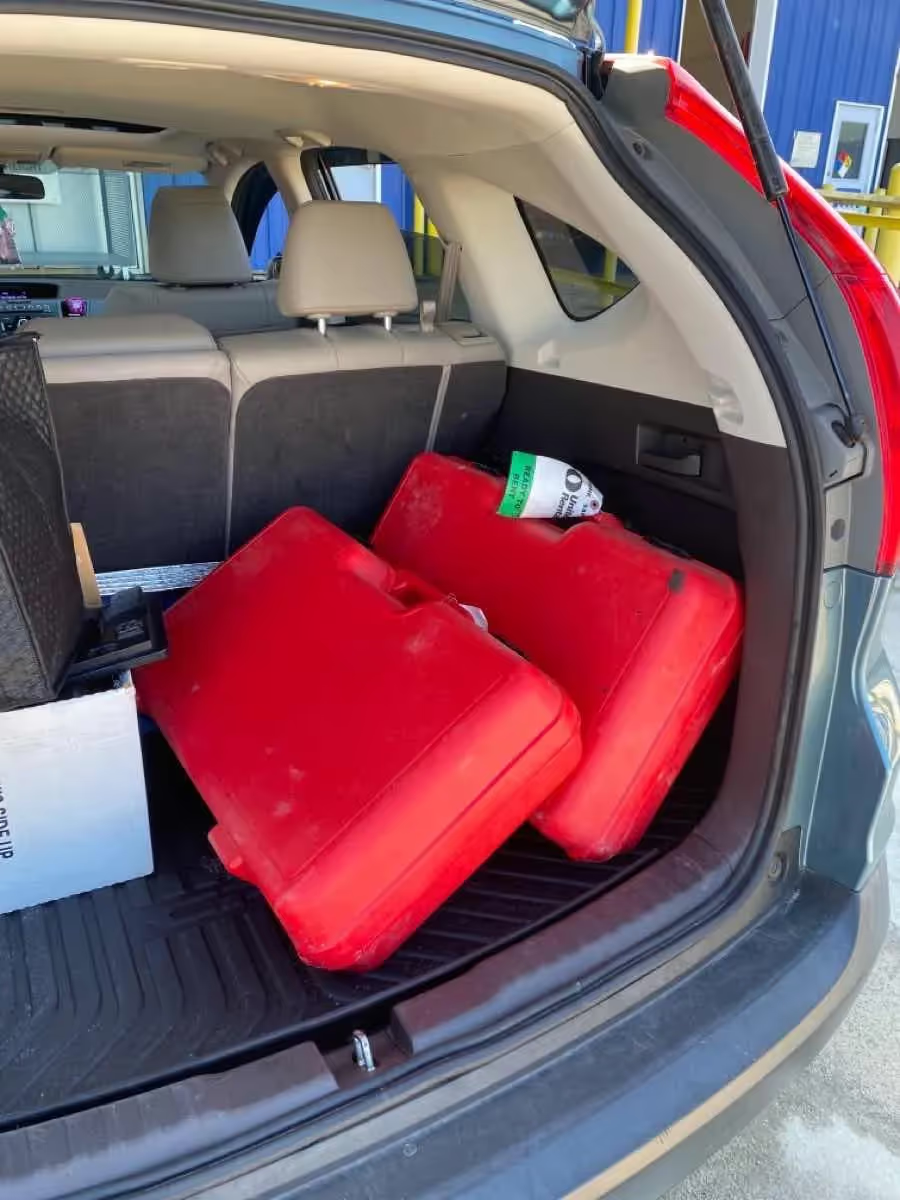

-min%2520(1).avif)

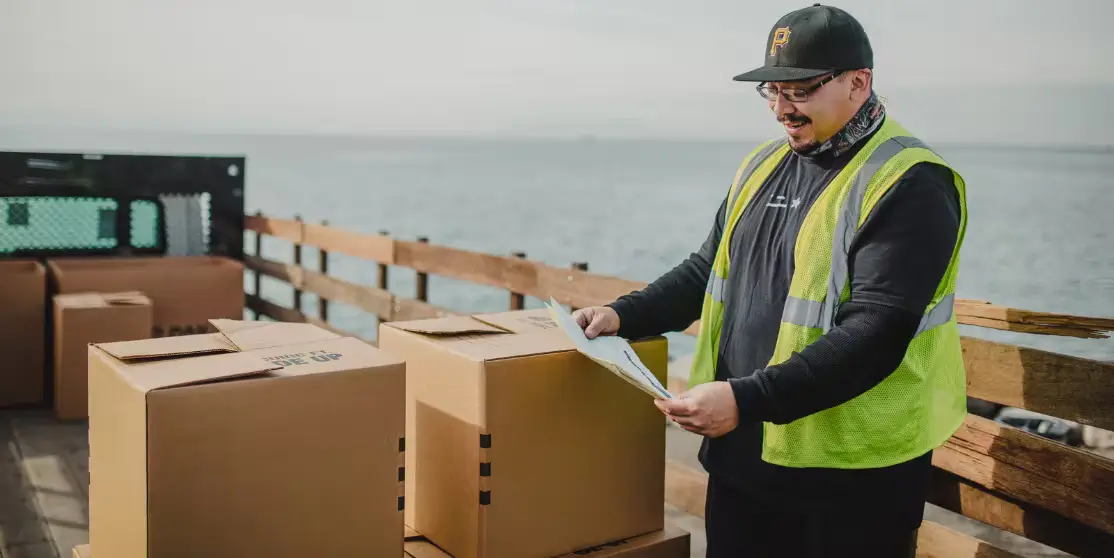
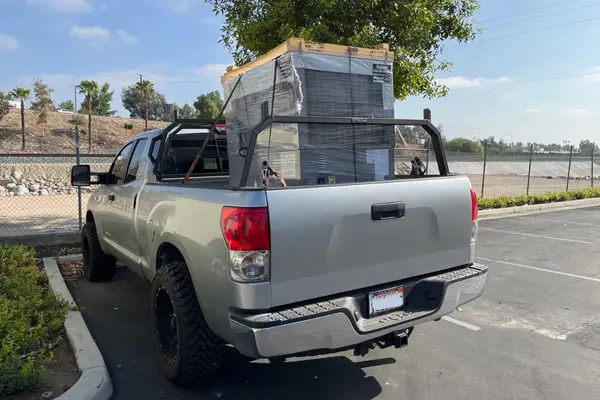



.avif)
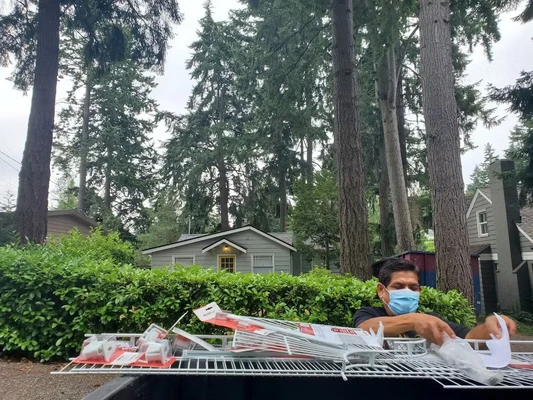




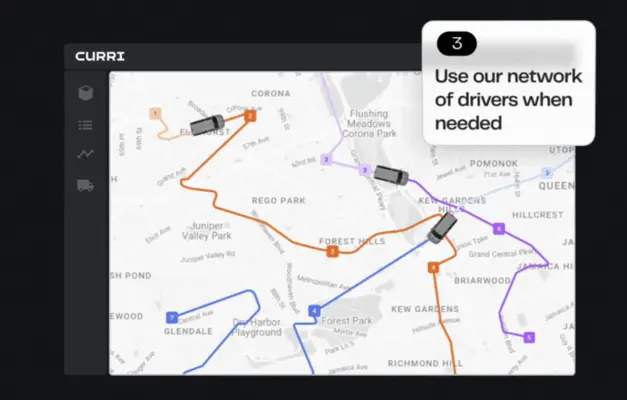
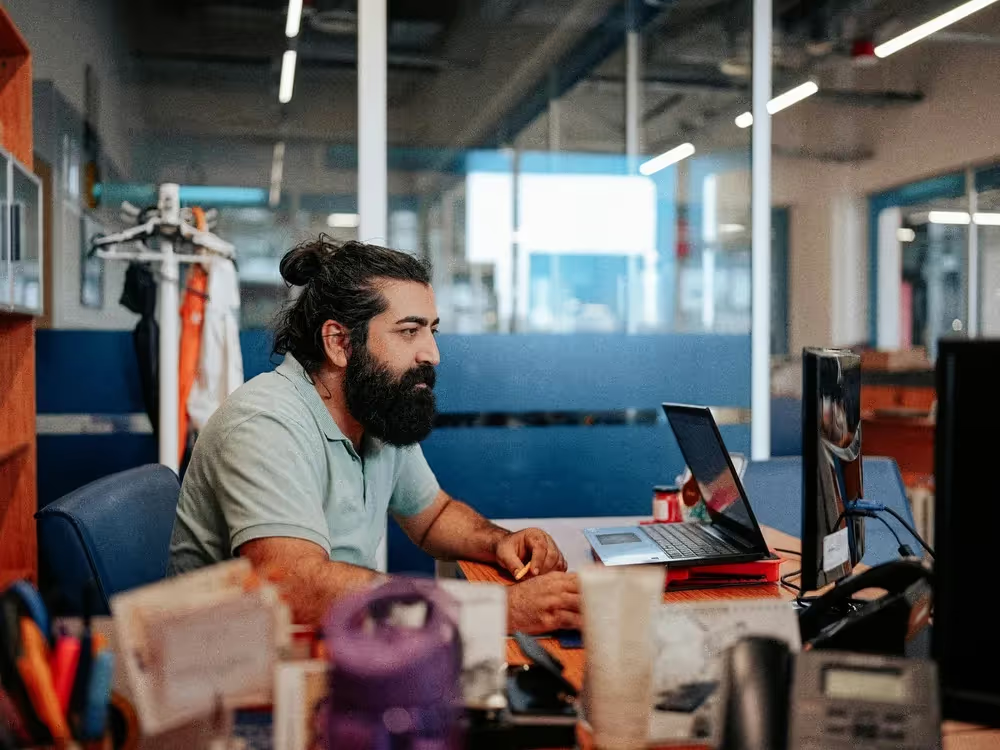

-min.avif)


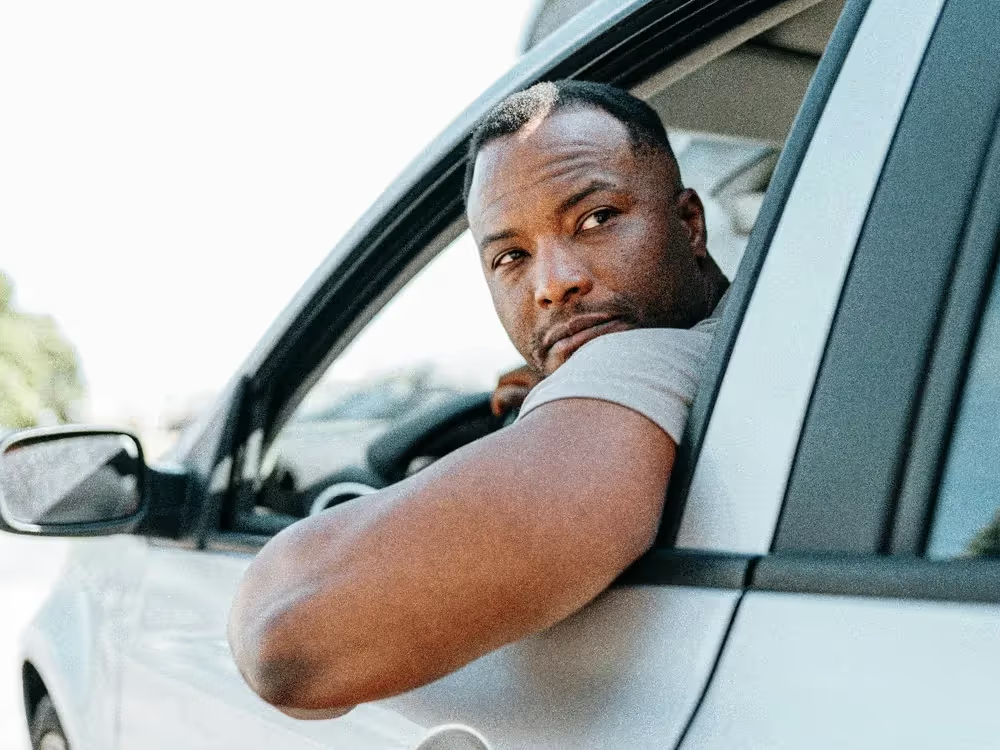

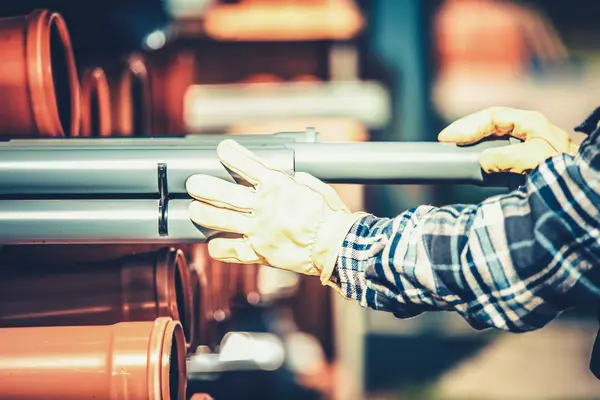
.webp)
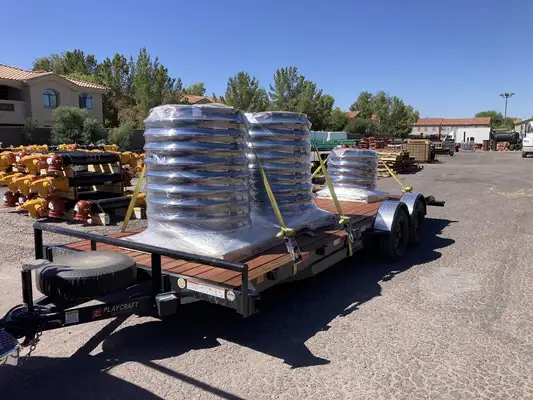
.webp)
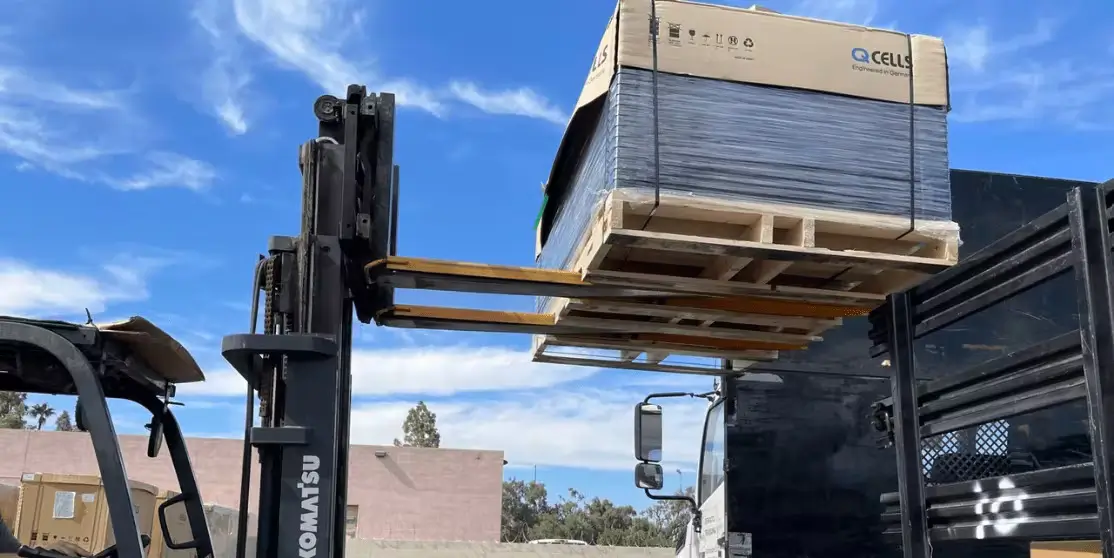


-min.avif)





-min.webp)

.webp)
-min.webp)



.webp)

.webp)
.webp)


.webp)




-min.webp)

.webp)
.webp)